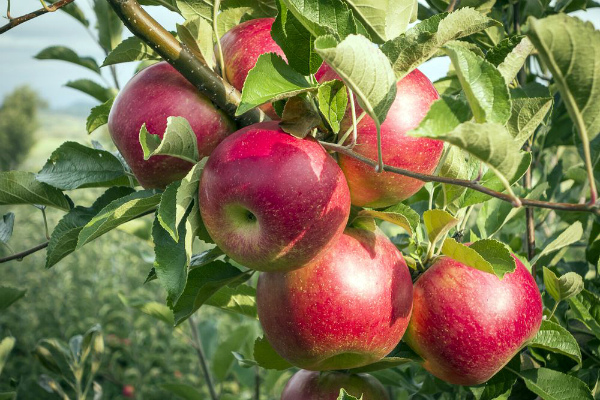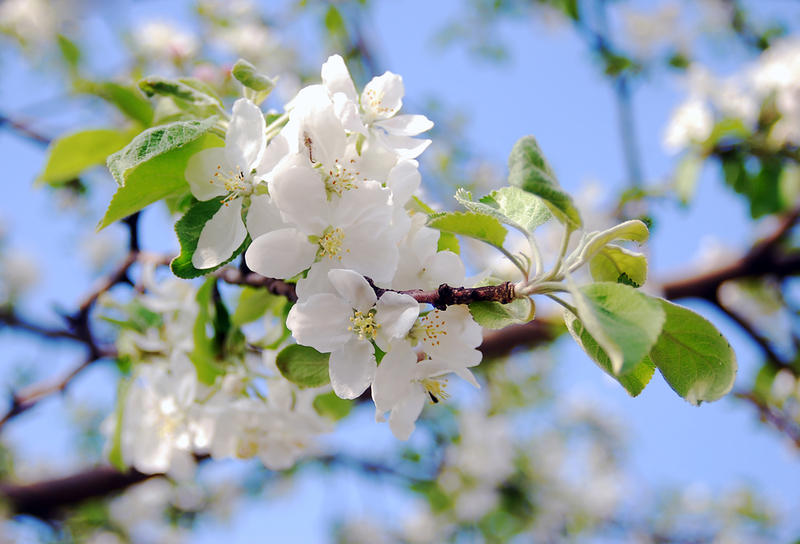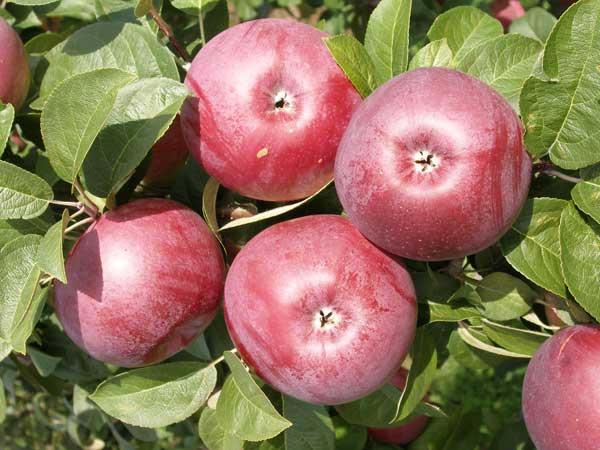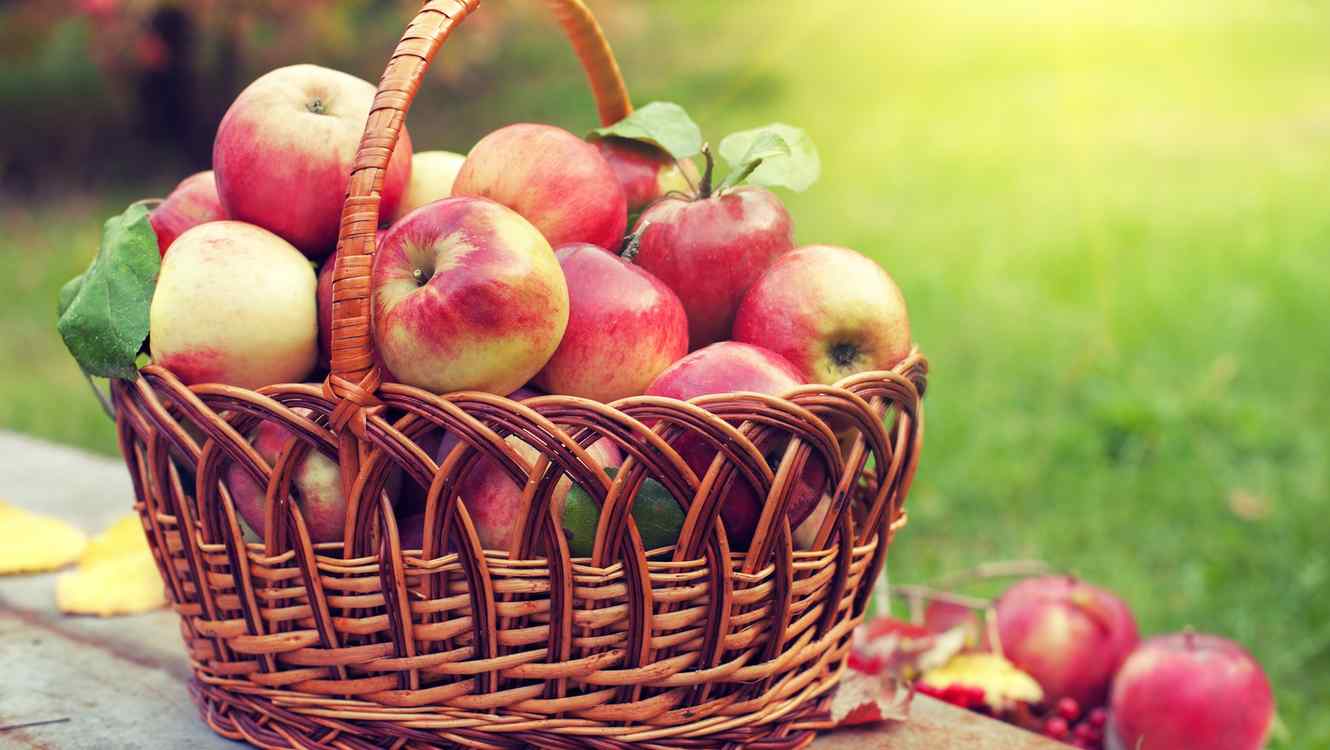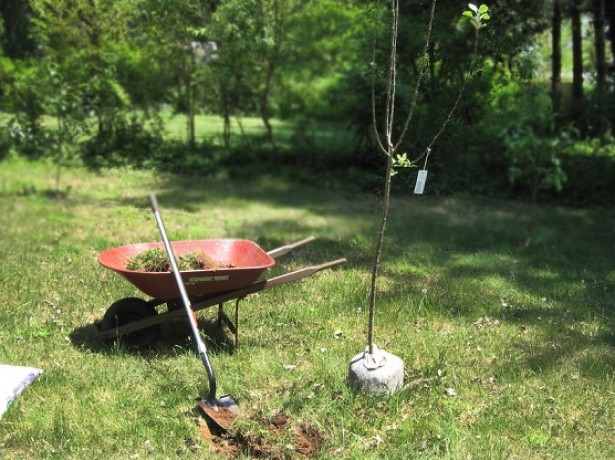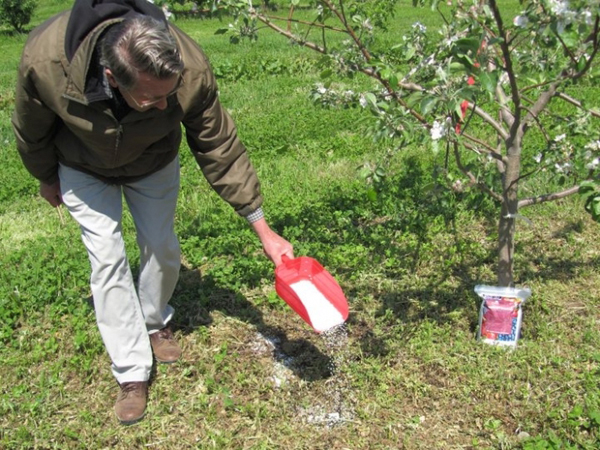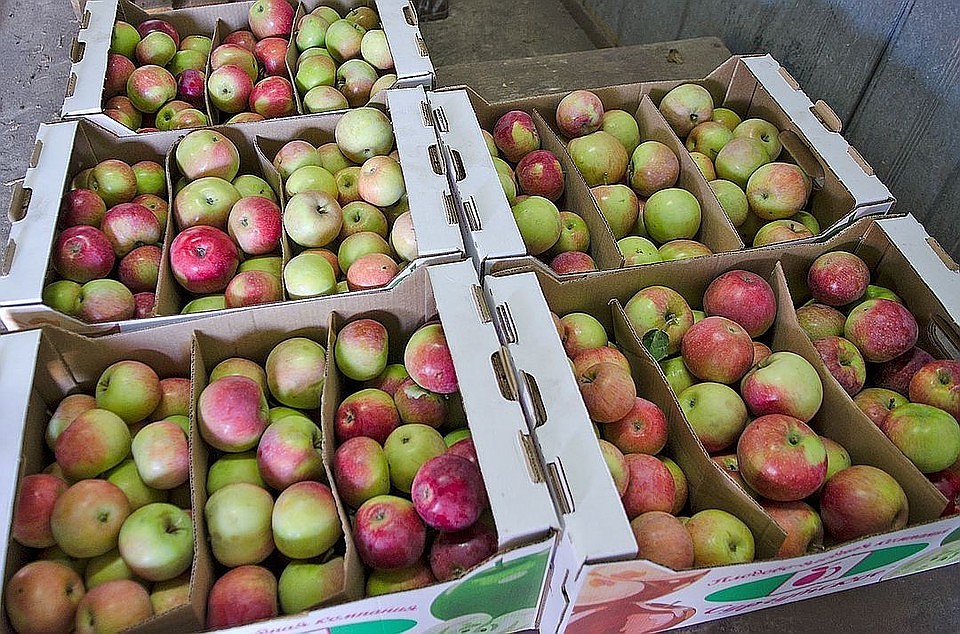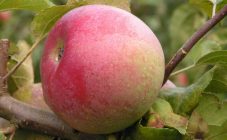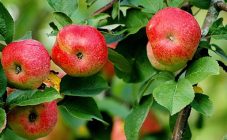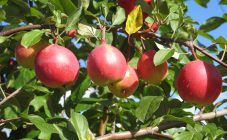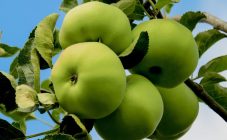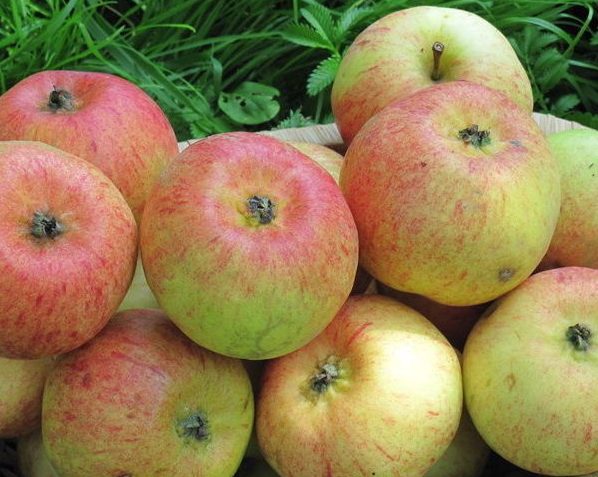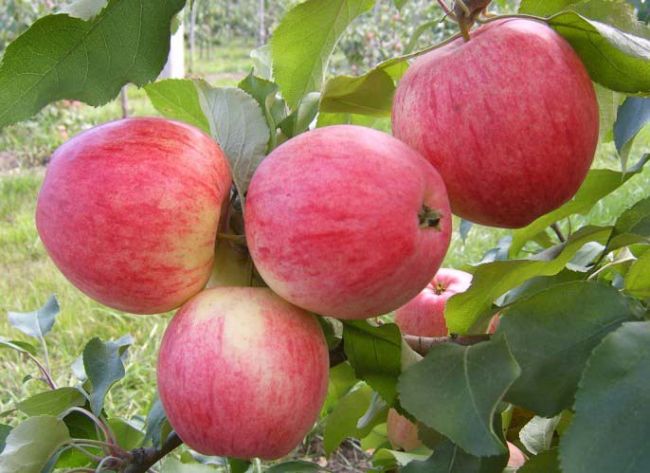Content:
The summer apple variety Silver Hoof was bred in the Sverdlovsk region by crossing two other apple varieties - Raduga and Snezhinka. The author of this work is an outstanding Russian breeder L. A. Kotov. Soon after its breeding, this variety of apples began to occupy a leading position in the Sverdlovsk, Udmurt, Kirov, Orenburg, Chelyabinsk and Perm regions. Soon, the Silver Hoof began to spread with tremendous speed in other northern regions of Russia and Kazakhstan.
This variety is in demand due to its unpretentiousness, frost resistance and versatility of using unique fruits. The taste of apples is incomparable. You can eat the fruits not only raw, but also make jams, juices, jam, etc.
Description of the variety
Apple tree Silver hoof is a prominent representative of summer apple varieties. It belongs to the number of drought-resistant, abundantly fruiting and fruitful varieties. With regard to resistance to pathogenic / pathogenic microorganisms, the indicators are average.
Subject to all storage rules, apples can be stored for up to two months. Optimal conditions for storing crops:
- sorting by varieties - these apples should be stored separately from the rest;
- relative humidity should not exceed 95%;
- sizing fruit by size;
- air temperature - around 0 degrees;
- it is recommended to store the crop in wooden containers.
Description of the apple tree Silver hoof: visually, the apple tree is characterized by a small tree height, the crown is dense, painted in light green colors. The crone is characterized by dense foliage, the shape is round and spreading.

Visually, the apple tree is characterized by a small tree height, the crown is dense, painted in light green colors
The bark of the branches is light, with characteristic yellow tints. Skeletal branches extend from the trunk at an angle of about 90 degrees, but nevertheless are straight and compactly located. The shoots are medium in size and almost glabrous, the color is dark green. Apples are formed on spears and ringlets.
The foliage of the variety is large, wide at the base. It has a wide-oval shape. During flowering, white flowers are formed, rather large. Apple flowers exude a pleasant aroma.
Fruits are of medium size, dense cream color. The average weight of each apple is 90 g. Apples of approximately the same size grow on the tree. The ribbing on the surface of the peel is almost invisible; apples are characterized by a regular shape and a smooth surface. The skin is thin, but firm, dryish and covered with a waxy coating. It is almost impossible to detect subcutaneous points.
Fruits are characterized by a color from yellow-cream to orange-red. The peduncle is of medium thickness, not long. Seeds are black-brown, rounded and large enough.
The pulp of the fruit is firm, juicy, and fine-grained in consistency. The taste is unmatched, the taste is dessert, rich, with sweet and sour notes. The aroma is pleasant, but weakly expressed.
The silver varietal type has the following chemical composition of apples:
- ascorbic acid (vitamin C) - 12.5 mg per 100 g;
- dry soluble substances - approximately 15%;
- titratable catalysts - 0.9%;
- sugar - 13%;
- P-active substances - 112 mg per 100 g.
Variety yield
Sometimes a young seedling of the Silver Hoof variety begins to bear its first fruits 3-4 years after planting. But you can get a high-quality crop in sufficient volumes no earlier than 5 years.
The variety is characterized by high yield rates. The first harvest can usually be harvested in mid-August.
Agricultural technology of cultivation
Trees are unpretentious in care. The main thing is to study the main features of the variety and the rules for its cultivation.
First of all, you need to choose a high-quality seedling and successfully choose a place for planting it. A plot is selected for a seedling in accordance with the following requirements:
- Well-lit area, the plant is warm and light-loving.
- It is recommended to refrain from choosing a location where groundwater is located close to the surface. If this is not possible, then it is necessary to solve the problem with fill hills (ridges).
- When landing on a personal plot, choose a place on the windward side.
- There should be other apple varieties nearby that will pollinate the Silverhoof apple tree.
Soil requirements
The optimal soil for planting this fruit tree is breathable, slightly acidic or neutral. With a deficiency of nutrients, organic or mineral compounds must be added to the soil. For heavy clay soil, it is imperative to use drainage - gravel, broken brick.
Optimal planting times:
- Spring: late April - early May.
- Autumn: from September to the end of October.
Experienced agronomists strongly recommend giving preference to autumn planting, so that in the first months of life the tree spends energy not on shoots and flowers, but on strengthening in the soil.
The planting scheme is quite simple - 3 meters spacing between trees, 5 meters between rows. The standard pit dimensions are 60 by 70 cm, but the heavier the soil, the deeper the planting pit should be.
Fruit tree care
The variety of trees does not like excess moisture, although it needs regular watering. If it is dry wind, it is imperative to water the plant. Especially if the weather is dry during the period during the formation of ovaries and flowers. You can stop watering after harvesting, finishing watering - on the eve of frost.
Regular and high-quality mulching saves water. It is recommended to sprinkle peat, sawdust and humus around the perimeter near the trunk circle. This will prevent weeds from overgrowing. Plus, mulching the apple tree helps to retain moisture.
Fertilizers are best applied in the second year after planting. The most suitable time for this is April.
You can feed the apple tree with simple but useful fertilizers:
- rotted humus;
- urea;
- ammonium nitrate.
For the prevention of diseases and the formation of the crown, pruning should be carried out regularly. It should be carried out in the spring, before juicing begins. You should pay attention to the bush pruning scheme.
For the procedure, you need to prepare sharp and clean instruments, as well as a high-quality garden pitch for covering up the wounds that have formed. Pruning should be done away from the trunk or branch.
Advantages and disadvantages of the variety
The silver hoof has become famous throughout the country and is liked by gardeners for a large number of advantages that more than cover all the disadvantages. Main positive characteristics:
- The ability to transport fruits over long distances.
- The versatility of using the harvested crop.
- Good marketable appearance and one-dimensionality.
- Early maturity.
- Excellent taste.
- Frost hardiness and not fear of drought.
- The trees belonging to this variety are excellent material for breeding new varieties with summer ripening.
Despite the large number of advantages, do not forget about the disadvantages. And they are as follows:
- Self-infertility - it is necessary to plant pollinators nearby.
- The quality, quantity and size of fruits depend on the observance of agricultural cultivation techniques.
- Medium resistance to fruit rot and scab.
The Silver Hoof apple variety is very interesting for many summer residents. However, novice gardeners often fear that they will not cope with such a culture. Now, having studied all the advantages and disadvantages, having read tips on agricultural technology and knowing the rules of care, anyone can grow a good and healthy apple tree.
